-
Maintenance is an essential part of any organization, but it's tough to get right. In fact, up to 93% of companies consider their maintenance processes "not very efficient!"¹ This uncertainty carries a hefty price point, as poor maintenance processes can reduce production capacity by 20%.² That means one of the best things you can do is implement a good maintenance strategy. The maintenance world is ever-changing with new strategies and technologies, so here are the pros and cons of reactive, preventive, and predictive maintenance so you can make informed improvements to your program.
Skip to a section:
Reactive Maintenance | Preventive Maintenance | Condition-Based Maintenance | Predictive Maintenance | Summary & Resources
What is Reactive Maintenance (RTF Maintenance)?

Reactive maintenance, also known as corrective or run-to-failure (RTF) maintenance, is the most simplistic maintenance plan. Basically, you wait until something breaks, and then you fix it. ![]() A real-world example of reactive maintenance is letting a lightbulb burn out and replacing it.
A real-world example of reactive maintenance is letting a lightbulb burn out and replacing it.
Is Reactive Maintenance Effective?
Reactive maintenance can be the basic building block of any maintenance strategy, but when used alone, it is only cost-effective for select assets like:
• Short-life assets
• Disposable assets
• Durable or non-maintainable assets
• Low capitalization assets
• Non-critical assets
For most machines and systems, using only reactive maintenance is much more expensive in the long run and is the least efficient type of maintenance. That's because reactive maintenance creates unplanned inefficiencies and breakdowns that often occur even at the most inconvenient times. Reactive maintenance is best used as a minor portion of a maintenance strategy once more effective types of maintenance — (which we'll cover below) — have been implemented.
Reactive Maintenance Benefits:
• Easiest to implement
• Only addresses problems that genuinely exist
• Can be cost-effective for certain assets
Reactive Maintenance Challenges:
• Causes unplanned breakdowns
• Causes machine to run at lower efficiency before a complete breakdown
• Costs and duration of breakdown are unknown until the problem is diagnosed and addressed
• Extended downtime creates extensive lost revenue
• Decreases system lifespan
• Sourcing and expediting replacement parts create extra costs
What is Preventive Maintenance?
 The main element of preventive maintenance is that maintenance revolves around a timed schedule. Maintenance activities will occur at regular intervals (i.e. weekly, monthly, or annually) every cycle, whether or not upkeep is actually needed, to keep parts in good repair.
The main element of preventive maintenance is that maintenance revolves around a timed schedule. Maintenance activities will occur at regular intervals (i.e. weekly, monthly, or annually) every cycle, whether or not upkeep is actually needed, to keep parts in good repair.
Preventive maintenance doesn't always include repairs — A large part is performing regular inspections and visual condition-based monitoring to ensure equipment works as expected. Characteristics of preventive maintenance include:
• Scheduled at regular, pre-determined intervals
• Generally requires the machine to be offline
• Often requires a checklist including inspection, calibration, cleaning, repair, and replacement
• It occurs even if an issue has not been detected
![]() A real-world example of preventive maintenance is changing the oil on your car every six months.
A real-world example of preventive maintenance is changing the oil on your car every six months.
Is Preventive Maintenance Effective?
Preventive maintenance has long been the most popular maintenance strategy among manufacturers. In industrial maintenance, 60% of companies associate preventive maintenance with better productivity and over 60% with decreased downtime and improved safety.³ It has long been considered to provide better cost savings when compared to reactive maintenance.
While there is still machine downtime involved with preventive maintenance, it's scheduled for a more convenient time and is highly preferred over unplanned reactive maintenance, where costs and duration are unknown until the problem is diagnosed and addressed.
Preventive Maintenance Benefits:
• Proactive
• Prevents unplanned downtime and revenue loss
• Provides foresight to plan replacement part orders
• Increases equipment efficiency and lifespan when compared to reactive maintenance
• Is efficient, especially with experienced personnel
Preventive Maintenance Challenges:
• Maintenance occurs regardless of identified issues
• Parts may be serviced/repaired before they are actually needed
• Requires more extensive inventory management for replacement components
• Requires planned downtime with longer lengths compared to preventative maintenance
• Requires extensive training and experience for maintenance personnel
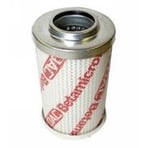 |
For hydraulic preventive maintenance, don't forget your filter elements.
|
What is Condition-Based Maintenance?

Condition-based maintenance isn't a full maintenance methodology but an important component of preventive and predictive maintenance strategies. It is when you monitor a particular asset as it performs, and once it drops below a certain level of performance or wears, you repair or replace it. Condition-based maintenance is often done based on manufacturer recommendations of the product or is self-known based on knowledge about your specific equipment in the field. ![]() A real-world example of condition-based maintenance is monitoring the tire treads on a work truck. When the tread reaches a certain level, you replace the tires.
A real-world example of condition-based maintenance is monitoring the tire treads on a work truck. When the tread reaches a certain level, you replace the tires.
What is Condition-Based Monitoring?
Condition-based monitoring is the act of checking and documenting the level of performance, wear, or other data points of an asset.
The most simple form of condition-based monitoring is making physical observations of a component, recording it, and applying service/repairs based on its condition. But unfortunately, many data points can't be visually seen.
That's where additional technologies come in handy like sensors, IO-link, and other "smart" systems. These can gather important information such as temperature, vibration, noise, pressure, and more. This data can be used with other predictive-maintenance software to provide real-time alerts and status updates so users can make well-informed service and repair decisions.
Sensing technologies are growing in numbers and are easier, more affordable, and more accessible than ever. In fact, 48% of plants already use connected devices to capture, analyze, and improve maintenance through data, and an additional 30% are looking into it.⁴
Is Condition-Based Maintenance Effective?
Condition-based maintenance is an effective element of a preventive maintenance schedule or as a key metric gathered by predictive maintenance technologies, both having proven long-term cost benefits. This proactive approach to repair is far more effective than reactive maintenance in preventing the higher costs of unplanned downtime in the future.
What is Predictive Maintenance (PdM)?
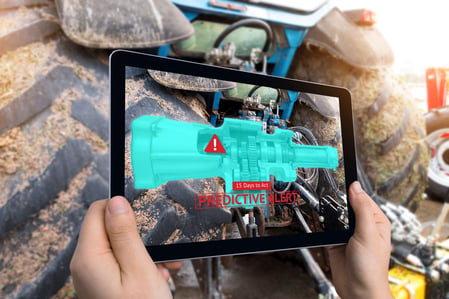
With predictive maintenance, data is king. making it the most intelligent and proactive approach to machine maintenance. The critical difference between preventive and predictive maintenance is it occurs only as needed and can even happen during machine operation to address an actual problem before it occurs.
Preventive maintenance relies on historical data, while predictive maintenance takes actual real-time measurements and uses this data to raise alerts when a problem is noted. Condition-based monitoring equipment assesses the machine's performance to alert maintenance needs, and if a shutdown is required to make the repair, it will be shorter and more targeted. ![]() A real-world example of predictive maintenance is found in household refrigerators. Newer models utilize sensors to check the actual status of water filters and alert users when the filter needs to be changed.
A real-world example of predictive maintenance is found in household refrigerators. Newer models utilize sensors to check the actual status of water filters and alert users when the filter needs to be changed.
Is Predictive Maintenance Effective?
With more data being collected from equipment, better-informed service and repair decisions can be made, making it the most efficient maintenance method. The largest downside of predictive maintenance is the up-front investment and training it requires to implement properly, while the most significant benefit is the high return on investment.
 |
Discover how Omron is revolutionizing maintenance strategies with its predictive maintenance solutions in our latest blog post. |
Predictive Maintenance Benefits:
• Proactive
• Prevents unplanned downtime and revenue loss
• Identifies actual issues early on with real-time alerts
• Presents extensive options for maintenance practices based on real-time analytics
• Planned downtime is usually shorter and more efficient than preventive maintenance — Machines can even be serviced while running
• Improved inventory efficiency — parts are not run to failure but are also not replaced while still usable
• Improves machine performance and lifespan
• Provides foresight to plan replacement part orders
Predictive Maintenance Challenges:
• Up-front costs with new technology infrastructure and training
• Requires technical expertise for setup and support (But Airline can help! Contact Us)
Should I Invest in Predictive Maintenance Technologies?
The biggest hurdle with implementing predictive maintenance is the high initial costs to get it up and running. Predictive maintenance requires a sizeable investment in things like sensors, software, and training.
BUT, predictive maintenance programs can save the most money in the long run (with easily trackable results). In fact, research shows a 30%-40% overall cost savings for businesses that implement preventative maintenance technologies.⁵
These enormous savings make sense when considering the astronomical costs of unplanned (and even planned) downtime. Depending on your business scale, one hour of downtime is worth approximately $250,000 of loss, with the average amount of downtime lasting around 4 hours.⁶ Poof—a million dollars, gone! With all of these factors combined, predictive maintenance could save the manufacturing industry between $240-$627 billion dollars.⁷
But even with all the benefits, predictive maintenance doesn't make sense for every company. Here are some questions your business should ask before you decide to implement a predictive maintenance program:
• What is the approximate value of your equipment/machinery?
• What has your equipment history been like thus far?
• What do your records show regarding costs of equipment downtime, inefficiencies, product defects, revenue loss, and safety threats?
• Is your business financially able to invest the up-front costs in predictive maintenance technologies?
What Industries Benefit Most from Predictive Maintenance?
Predictive maintenance greatly benefits all manufacturing environments where large and expensive tools and equipment are used regularly. If equipment fails, the entire business could suffer major losses, which often outweigh the installation and operational costs of predictive maintenance technologies. There are a few specific benefits to note for additional industries below:
Food and Beverage Manufacturing/Packaging
Along with profits, this industry must be focused on preserving the health and safety of its consumers. If people get sick through any business fault, it can be a major liability causing lawsuits, damaged reputation, and lost profits. In addition, food production, packaging, and storage equipment need to be running optimally to prevent this, making predictive maintenance a solution worth considering
Power & Energy Industries
It's crucial this type of technology functions at full capacity 100% of the time, and predictive maintenance systems will help make that target possible (which also boosts profitability).
Waste Management Industry
This industry commonly struggles with keeping employees and machinery working efficiently while also reducing maintenance costs, time-sensitive repairs, and the need for replacement equipment. Predictive maintenance can help keep all of these in check.
What's the Best Maintenance Method?
After reviewing all of the options, what's the best maintenance strategy? This really all depends on your systems and how they impact productivity in your organization. Overall, 88% of manufacturing companies use preventive maintenance, 52% use run to failure, and 40% apply predictive maintenance using analytics tools.⁸
Each maintenance strategy has its advantages and disadvantages; you can't know which is best until you determine the criticality of your systems. Predictive maintenance may be the best choice if you have many costly, highly complex machines across multiple sites (and the budget to accommodate up-front costs). It provides up-to-the-minute performance data on all of your assets and will keep your maintenance team out in front of repairs to eliminate unplanned downtime and reduce asset failures.
For help implementing new maintenance initiatives and technologies, contact an Airline Application Engineer who can help you get up and running with the most comprehensive and cost-effective solution.
Related Articles & Resources
How to Handle Machine-Down Situations: Repair, Refurb, Retrofit, or Replace?
Pump Predictive Maintenance with PumpMD
Condition-Based Monitoring with SensoNODE
All-In-One Hydraulic Power Unit with Predictive Maintenance - CytroBox
Explore More Explainer Articles
Sources:
1: [CXP Group]
2: [Deloitte Insights]
3: [Advanced Technology]
4: [Plant Engineering]
5: [U.S. Department of Energy]
6: [Glenn Hicks]
7: [McKinsey Global Institute]
8: [Plant Engineering]





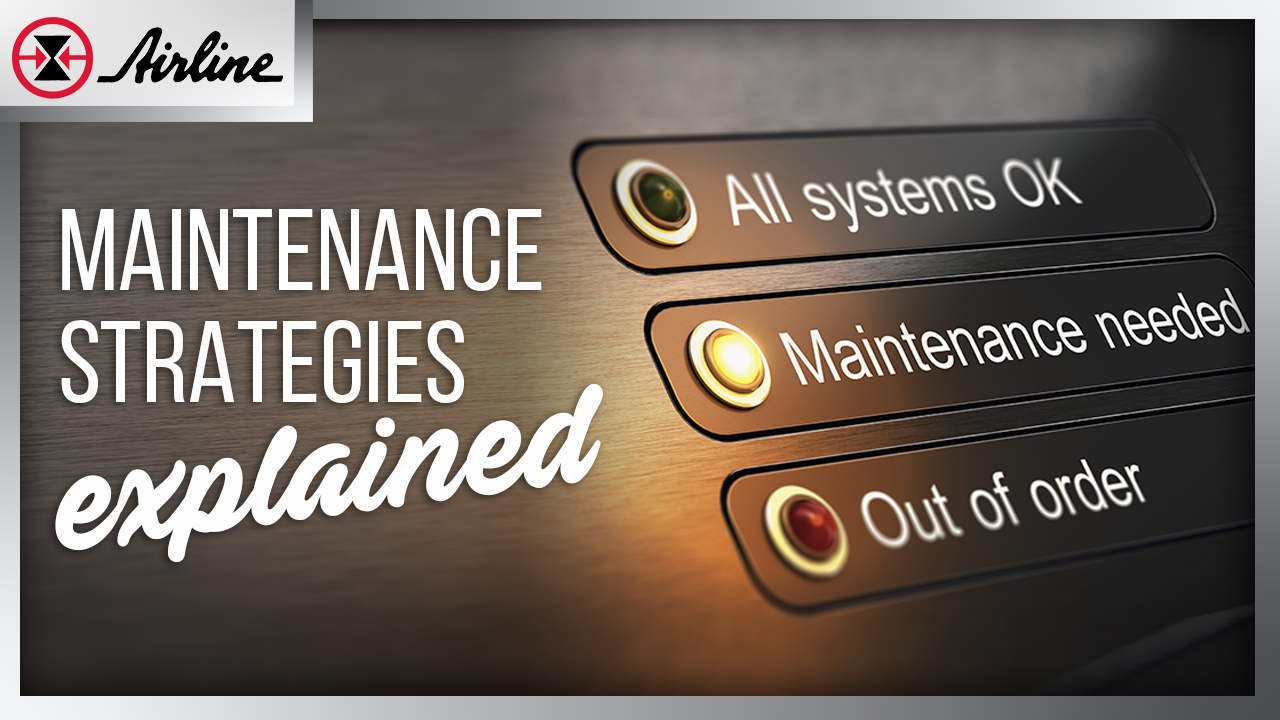

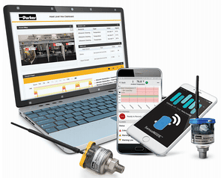

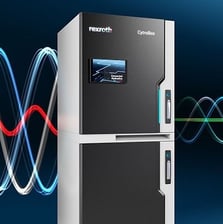


Leave Comment